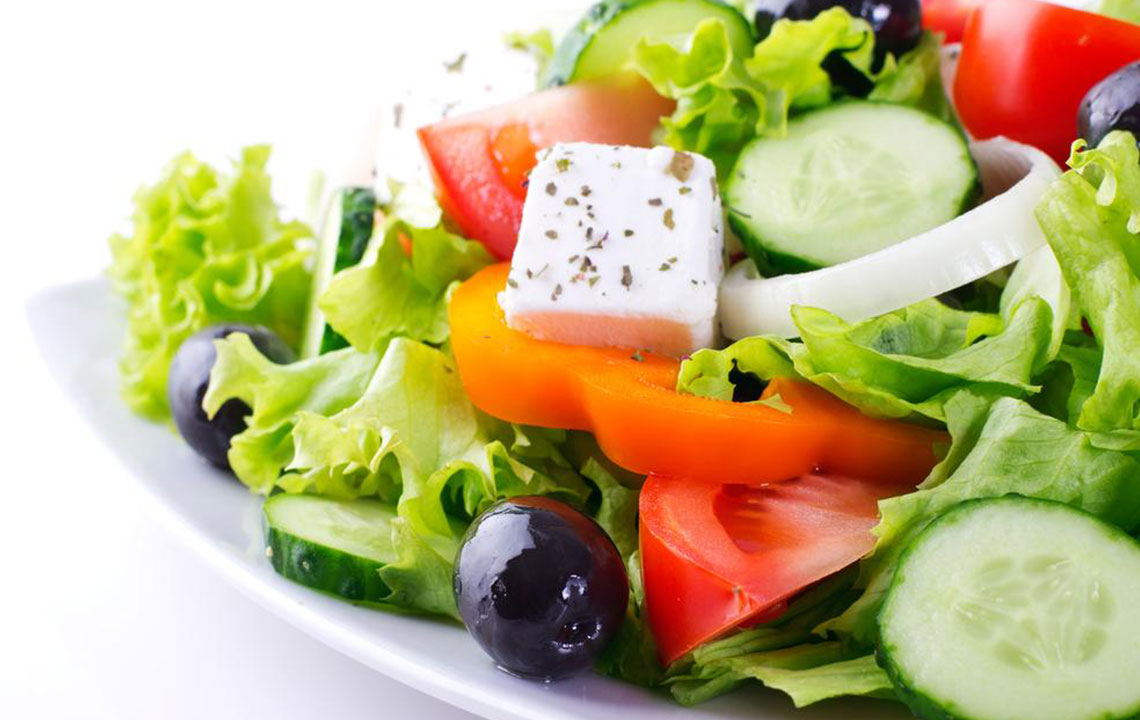A basic overview of the Paleo diet for beginners
A Paleo diet is one where the body converts itself from a machine that burns carbohydrates to generate energy to one that burns fat to generate energy.
The body leans towards burning fat for energy. However, because of our diets which favor carbohydrates, our bodies have to burn them instead in our body.

Today, we don’t really go without food for days together unless we face extreme situations. So, the body never has to burn energy from its fat reserve. Instead, we just keep adding to it. This leads to obesity and a host of other diseases. The Paleo diet, even for beginners who want to try this, attempts to change this scenario by removing simple carbohydrates from the equation. The body is then forced to use the fat reserves for energy. Without the steady supply of carbohydrates which the body generally converts to sugar, blood sugar normalizes and insulin levels get regulated. When this happens, the body releases fat stores which get burned as energy. The process is called lipolysis and the fat stores are called triglycerides.
Of course, not all carbohydrates are bad. There are two kinds of carbohydrates: simple and complex. Simple carbohydrates are those that, when consumed, convert to sugar rapidly. It is best to avoid these. Complex carbohydrates are those that take longer to break down into sugar once consumed. These can be had in moderation. Simple carbohydrates prevent the body from burning fats because they trigger a bigger insulin response.
Fat, on the other hand, is much more satisfying than carbohydrates when consumed because it takes longer to break down and burn. It also makes you full faster ensuring that you eat fewer calories than what you would if you ate carbohydrates. The Paleo diet, even for beginners, targets foods that humans ate long before the process of packaging and preserving of food ever came into being. This eliminates all the salt, sugars, and preservatives that are added to food. Paleo diet is about eating real food.











